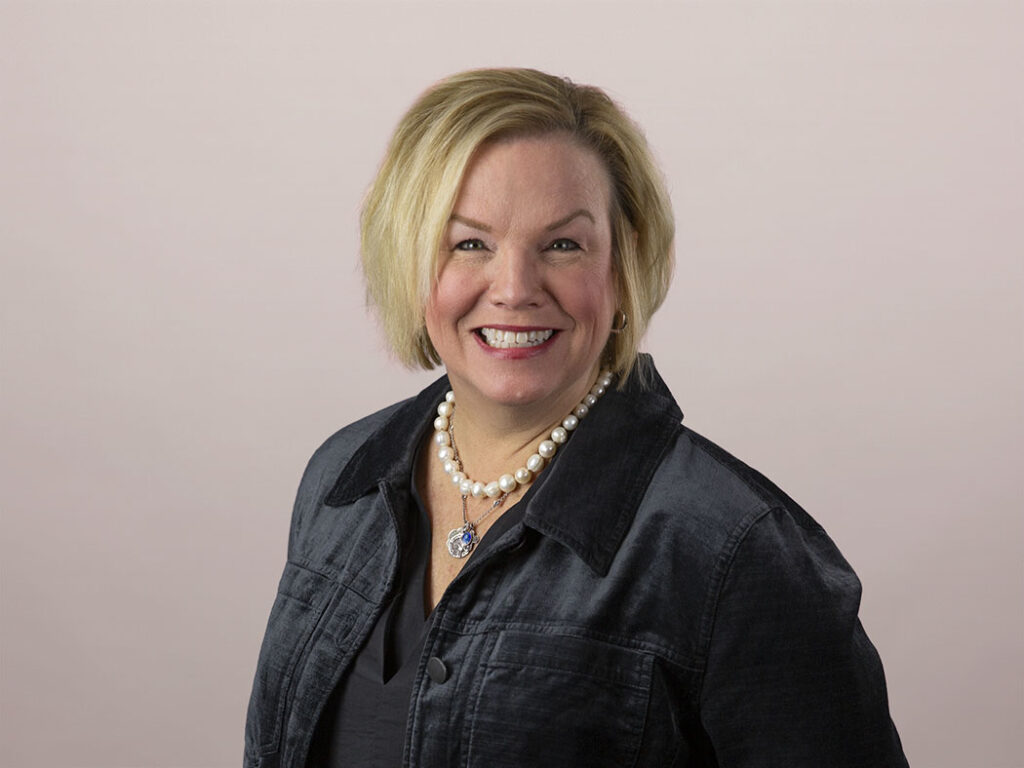Surprise! You Can Set Up the Demand Unit Waterfall™ in Salesforce With Standard Functionality
- The Salesforce winter 2020 release incorporates updates that allow users to set up the SiriusDecisions Demand Unit Waterfall with standard functionality
- Users can systemize and connect contacts with buying groups within Salesforce using the new features of the opportunity contact role object
- Allowing marketing, teleservices and sales to attach additional contacts to an opportunity and complete the buying group enables teams to deliver better-informed responses to buying group members
It’s always a nice surprise when you want to set something up on your smartphone and discover the capability is already there through a standard feature or a free app that you didn’t know about. With its winter 2020 release, Salesforce has updated the opportunity contact role (OCR) object, which now allows users to set up the SiriusDecisions Demand Unit Waterfall with standard objects. Now you can implement the Demand Unit Waterfall in your Salesforce instance without creating custom objects or custom code. When it comes to technology surprises, this is tremendous!

With an increased focus on account-centric marketing, B2B organizations realize that leads are not the best unit of measure and measuring accounts is difficult if they don’t connect these accounts to revenue on opportunities. Leads are too small and accounts are too big. Most organizations recognize that the B2B buyer is a team, committee or buying group — validating that leads are not an effective unit of measure but buying groups are. Additionally, organizations know that marketing and sales must work together to make an impact on revenue, which is ultimately recognized and measured with opportunities within Salesforce.
To operationalize these buying groups and the Demand Unit Waterfall within your tech stack, you must be able to consolidate specific contacts into a buying group for each opportunity. To set up buying groups and the Demand Unit Waterfall within your Salesforce instance, you need to understand three standard Salesforce objects:
- Opportunity object. The opportunity object represents an opportunity, or a potential deal, within an organization’s systems. This object also represents revenue or potential revenue within systems. Within the opportunity object, teams typically manage all information specific to the pending deal, such as expected revenue, solution, product family and an estimated timeline for close. The opportunity object can have multiple contacts associated via the OCR object (outlined below). In most organizations, sales owns and manages the opportunity object.
- Contact object. The contact object represents an individual within an organization’s systems. By definition, a contact is a person associated with an account (unlike a lead, which is an orphan and not associated with an account). The contact object houses information specific to each person and pulls firmographic information from the associated account. In most organizations, marketing owns and manages the contact object.
- OCR object. The OCR object is considered the “buying group” object and is connected to the opportunity object. Through this object, users can connect or join as many contacts as necessary from an account to a particular opportunity; therefore, this is the most natural object to house buying group members. Before the winter 2020 release, the OCR object allowed users to show a primary role or secondary role that a contact plays within an opportunity. Sales or teleservices would typically put a single, primary contact in this object when they created an opportunity, regardless of which person (or people) responded to marketing campaigns. Marketing would love to see all contacts associated in the OCR object attached in each opportunity to gain more data and measure marketing’s effectiveness. Ultimately, the entire marketing, teleservices and sales teams must be able to easily attach additional contacts to an opportunity — as new contacts are discovered — to update and complete the buying group. With a fully populated opportunity reflecting multiple contacts in the buying group, the marketing, teleservices and sales teams can deliver the right responses to those buying group members, which is a more effective use of resources.
Here’s where the big surprise comes into play for you, your marketing campaigns, your teleservices plays and your sales efforts. Salesforce updated the OCR object in its winter 2020 release, changing the OCR object to a first-class object. This means that the OCR object now has the following functionality:
- Custom fields and formulas. Users can add score fields to the OCR object and calculate a buying group or opportunity score with any formula, producing a better indication of the engagement of the buying group. Additionally, you can add fields to the OCR object to capture what role each contact plays within the buying group — champion, ratifier, influencer or user — providing better insight into coverage of buying roles for each opportunity.
- Triggers. Deliver campaigns as contacts are added or removed from the buying group object. For example, when you add a contact to the buying group, that contact can be added automatically to an acceleration campaign or be removed automatically from a nurture campaign.
- Workflows (scheduled for the spring 2020 release). Use data and logic to assign the right contacts to your buying groups.
To discuss these new surprises from Salesforce or ask questions about how Salesforce supports the setup of the Demand Unit Waterfall — or if you’re not a Salesforce user and want to hear about other sales force automation system providers’ plans to accommodate the buying group within their technology in upcoming releases — contact your SiriusDecisions account manager or client success manager to be connected with a Demand Unit Waterfall expert.
